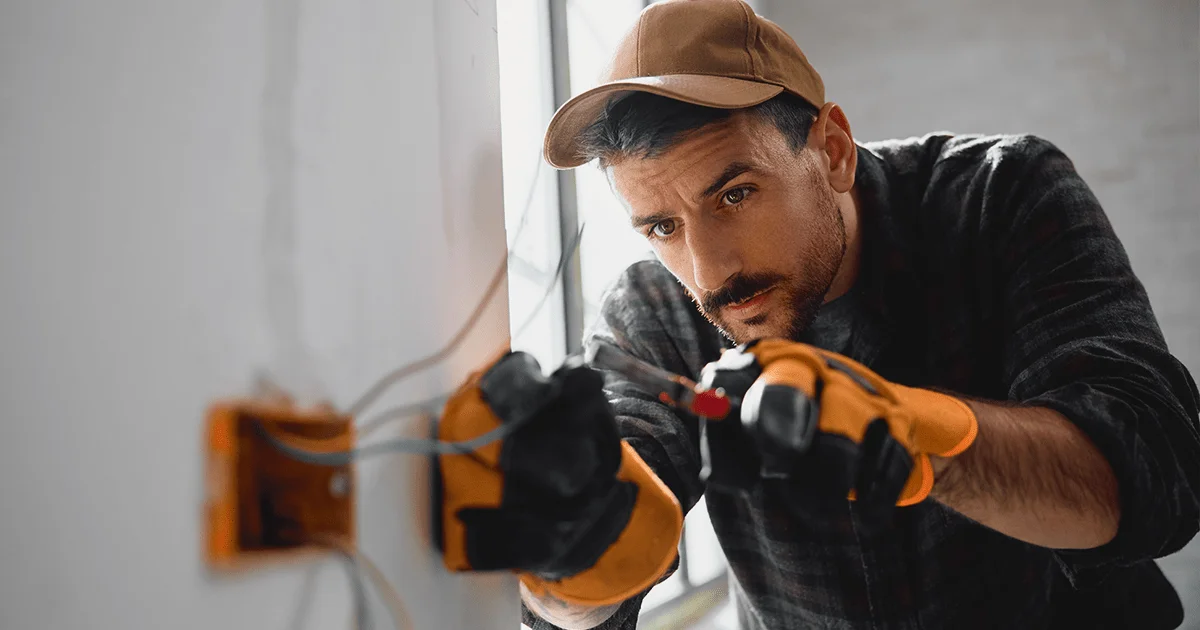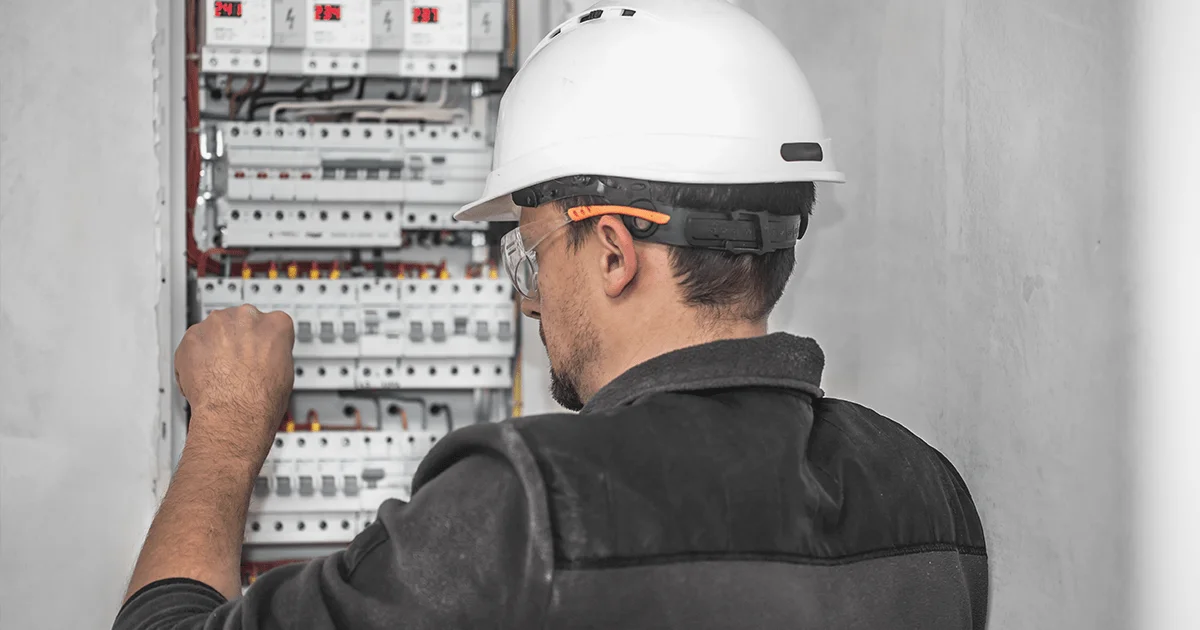With rising inflation and increasing power bills, it’s no wonder that more homeowners and businesses are looking for effective ways to cut their energy bills as much as possible. One way to achieve this is by performing a Lighting Retrofit. It’s basically a lighting overhaul when a qualified electrician first conducts a comprehensive audit of all the lighting and fixtures in the building and then proposes cost-effective alternatives that would reduce energy consumption to the minimum.
Defining Lighting Retrofit
During a Lighting Retrofit, older fluorescent and incandescent light bulbs are replaced by newer, much more reliable LED analogs. These are known for their exceptional longevity, better lighting quality, and, above all else, a significant reduction in energy consumption.
But don’t take our word for it! The U.S. Department of Energy reports that commercial building in the country can reduce their energy use by as much as 50% with a thorough lighting retrofit.
Moreover, the Environmental Protection Agency (EPA) states that LED lights use at least 75% less energy and last 25 times longer than their outdated counterparts.
The perks are pretty obvious, so it’s no wonder that people nationwide are considering retrofitting their lighting to achieve significant cost reductions in their utility bills.
The Dos of Lighting Retrofit
Any electrician, regardless of how skilled and well-trained they might be, needs to approach a retrofit project thoughtfully. There are plenty of factors to consider before diving headfirst into the matter. Let’s take a closer look at some of the best industry practices that will allow for any Lighting Retrofit project to become a success:
- Assess the existing lighting systems. The U.S. Department of Energy reports that many buildings nationwide have lighting systems up to 20-30% more efficient than the ones installed. It is, therefore, crucial to ensure that your Lighting Retrofit project won’t backfire after the installation, resulting in increased electricity bills and not vice versa.
- Pick the right lighting tech. LEDs are up to 80% more energy-efficient than traditional fluorescent or incandescent lights, making them the electrician’s top choice for just about any Lighting Retrofit project. Installing these light bulbs will help property owners significantly reduce their energy consumption, resulting in greater financial gains and enhanced sustainability in the long term.
- Integrate lighting controls. On average, lighting controls such as timers, occupancy sensors, and dimmers can boost energy savings by an additional 35%. Analyze your client’s needs and budgetary constraints and see if lighting controls are something they want and can afford. They will bring added value to the entire Lighting Retrofit project.
- Properly dispose of old fixtures. Disposing of old lighting fixtures could result in harmful substances being released into the environment. The most common one is mercury, which is a very toxic element that needs to be contained properly. Follow the detailed EPA Guidelines to ensure proper disposal of old fixtures after the completion of the Lighting Retrofit project.

The Don’ts of Lighting Retrofit
Now that we’ve reviewed the dos, it’s time to learn more about the don’ts. As with any other project from any other industry, Lighting Retrofit could be a tricky business, so understanding what not to do is just as important as knowing what you need to accomplish:
- Don’t neglect safety. According to OSHA, improper Lighting Retrofits are dangerous and could potentially lead to severe injuries and traumas. Such projects are often large in scale and complex, so make sure you gear up, get all the safety equipment with you, and proceed with extreme caution. From climbing ladders to working on wiring, there are many ways to injure yourself, and the best way to prevent it is to follow all safety guidelines and regulations.
- Don’t ignore manufacturer recommendations. Those guidelines were given to you for a reason. It is, therefore, important to follow them strictly. Otherwise, you’re not only risking warranty void; you also risk having to deal with improper functioning of the entire system. Keep that in mind the next time you’ll want to do it your way instead of the right way.
- Don’t go for cheaper products. Sure, you could save a few bucks initially, but the longevity and performance of cheaper lighting solutions are quite inferior, meaning that the entire Lighting Retrofit project may be jeopardized and won’t last long. Hence, your clients won’t be happy, and you will lose the most precious thing a service provider may have—your good reputation.
- Don’t forget to educate your client. Client satisfaction increases as they get educated about their new products and systems. Hence, informing your client about their upgraded systems’ newly acquired capabilities and performance will put you in a favorable spot.
It’s the Little Things that Matter Most
They say the devil is in the details. And it’s very much true when it comes to Lighting Retrofit. Those projects are often complex and quite challenging. Making the most of those is only possible if you consider every detail without haste.
Such projects can be long-lasting and highly energy-efficient, which will, in turn, give your reputation as an electrician a good ol’ boost! Keep that in mind the next time you’ll wonder whether every detail matters.
Retrofitting FTW!
As an electrician, you know how to handle plenty of different scenarios, and hopefully, our article helped you with some valuable insights on how to carry out a Lighting Retrofit successfully.
If you’re having trouble finding the right projects, AroundWire will be happy to help! Our online platform for common service providers grants access to numerous electrical jobs near you, so don’t hesitate to try it!
Stay safe, follow the guidelines, and results will follow!




